10 Intriguing Things to Do Near Tokyo
Before I visited Japan, the images in my mind’s eye were mostly of bustling Tokyo. Busy intersections, hurrying businessmen in suits, neon signs, karaoke bars, and Harajuku fashions are certainly an interesting part of modern Japan. But there’s so much more to experience just outside the world’s most populous metropolitan area. Check out these 10 intriguing things to do near Tokyo.

This website sometimes receives compensation, hosted travel, or products related to blog posts. This article may include affiliate links at no extra cost to consumers. As an Amazon Associate, I earn money from qualifying purchases.
1. Visit a shrine to dogs.
Legend has it that a beloved prince built Hodosan Jinja (Mount Hodo Shrine) in honor of dogs who rescued him from a forest fire. This gorgeous Shinto shrine features beautifully painted and carved images. It was originally built in 1900 but the current facade (seen in the photo below) was built about 160 years ago.
To follow Japanese etiquette and tradition, be sure to purify your hands and mouth at the water station at the base of Mount Hodo. (Do not transfer the water from the ladle directly to your mouth or swallow the water!) If you would like to approach the shrine, throw a coin to the donation box, bow deeply twice, clap your hands twice, bow deeply once more, and then, if you are so inclined, pray for a few seconds.
The mountain setting here is exquisite and quite the opposite of Tokyo’s city vibe. It is located in Saitama Prefecture near Nagatoro-machi, an 80-minute train ride northwest of Tokyo. Read more about Hodosan Shrine on TripAdvisor.
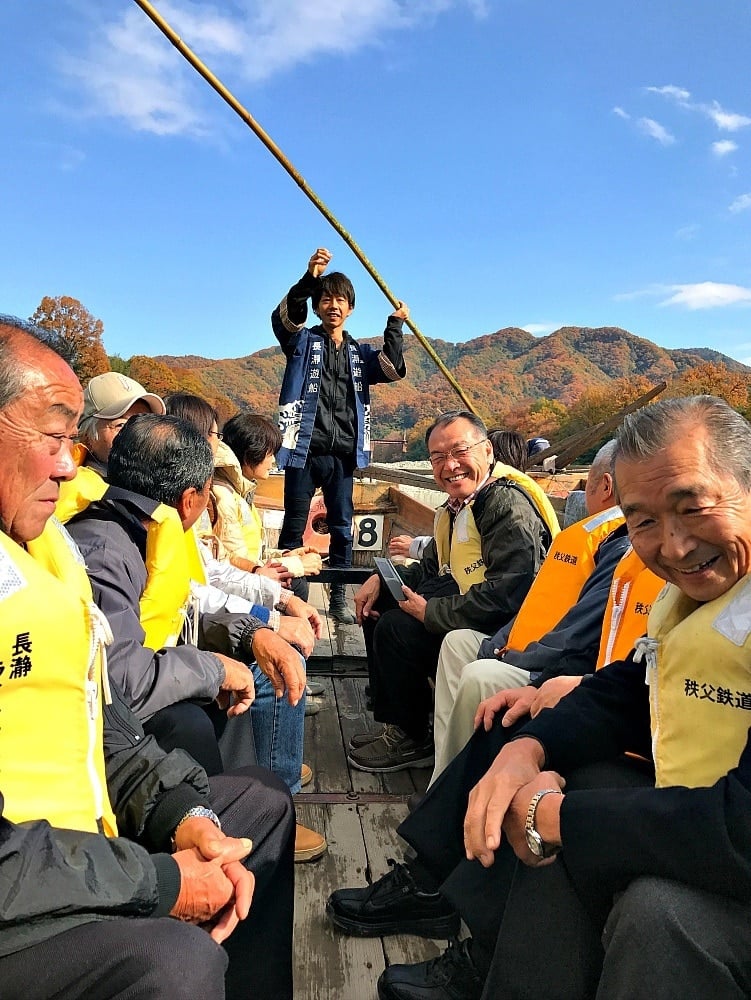
2. Shoot the Arakawa rapids near Tokyo.
Japanese and foreign tourists looking for adventure flock to Arakawa (Kawa River) to shoot rapids aboard a traditional boat. There is no motor, just one boatman at the front and another at the back, each of whom steers with long bamboo poles.
Boat rides are typically open March through early December each year. For a more thrilling journey, go in spring when the water is high from recent snow melt. Or, enjoy a more mellow float in fall when you’ll be treated to gorgeous fall foliage.
All ages can enjoy a Nagatoro River White Water Rafting. In fact, my group was seated with an elderly man who had to be carried on and off the boat. I love this about Japanese culture. They don’t let a little thing like age or mobility get in the way of their adventures!
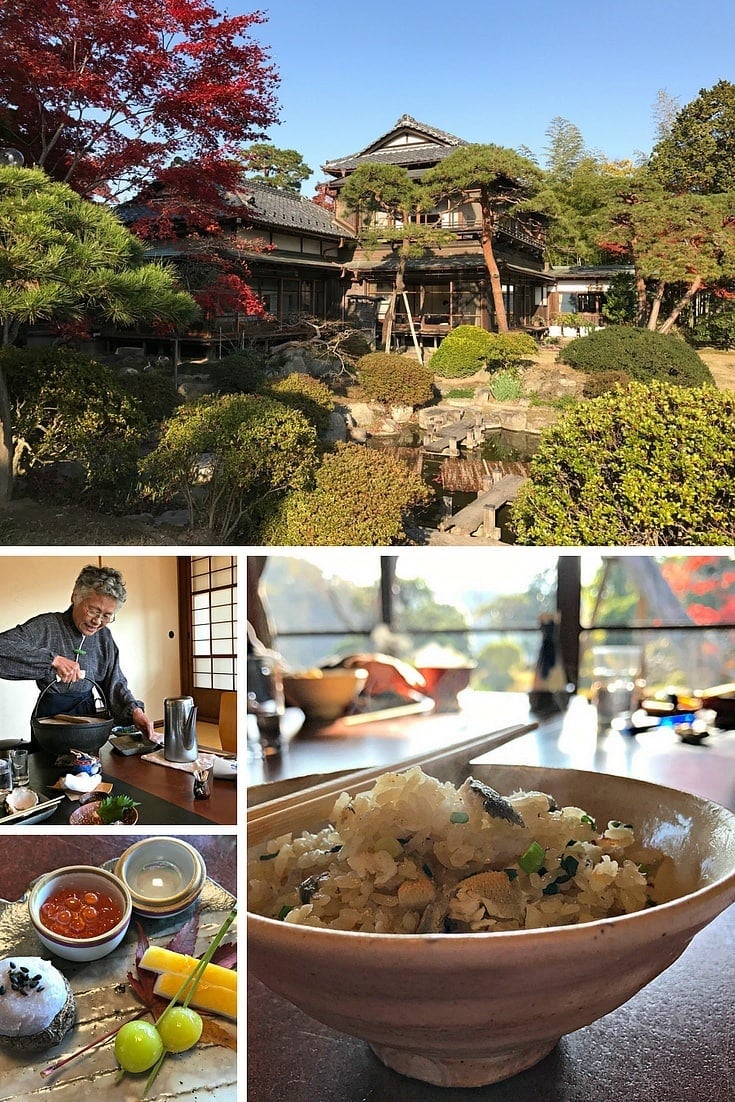
3. Dine in a traditional Japanese mansion.
Enjoy Arakawa river views while dining at Kyotei, a Japanese mansion. Of course, shoes must be removed before walking on the tatami mats at this elegant, high-end restaurant. You’ll sit at a traditional table on the floor in a room with sliding Shoji doors. The specialty here is freshwater trout, or ayu, mixed with rice.
Excuse yourself from the table for a walk through the beautiful grounds. At the door, slip into a pair of their slippers before getting your serving of zen while wandering the garden.

4. Eat a dessert made from mountain shave ice.
If visiting Hodosan Shrine and the Arakawa rapids during a day trip from Tokyo, be sure to stop for a sweet treat before heading back to the city. A wee cafe with a lovely outdoor patio, Asami Reizo Kanasaki Honten specializes in shave ice made from real mountain ice.
Top your frosty dessert with a drizzle of sweet bean sauces or purees made from real fruit. This is the best shave ice you’ll ever taste, I promise!
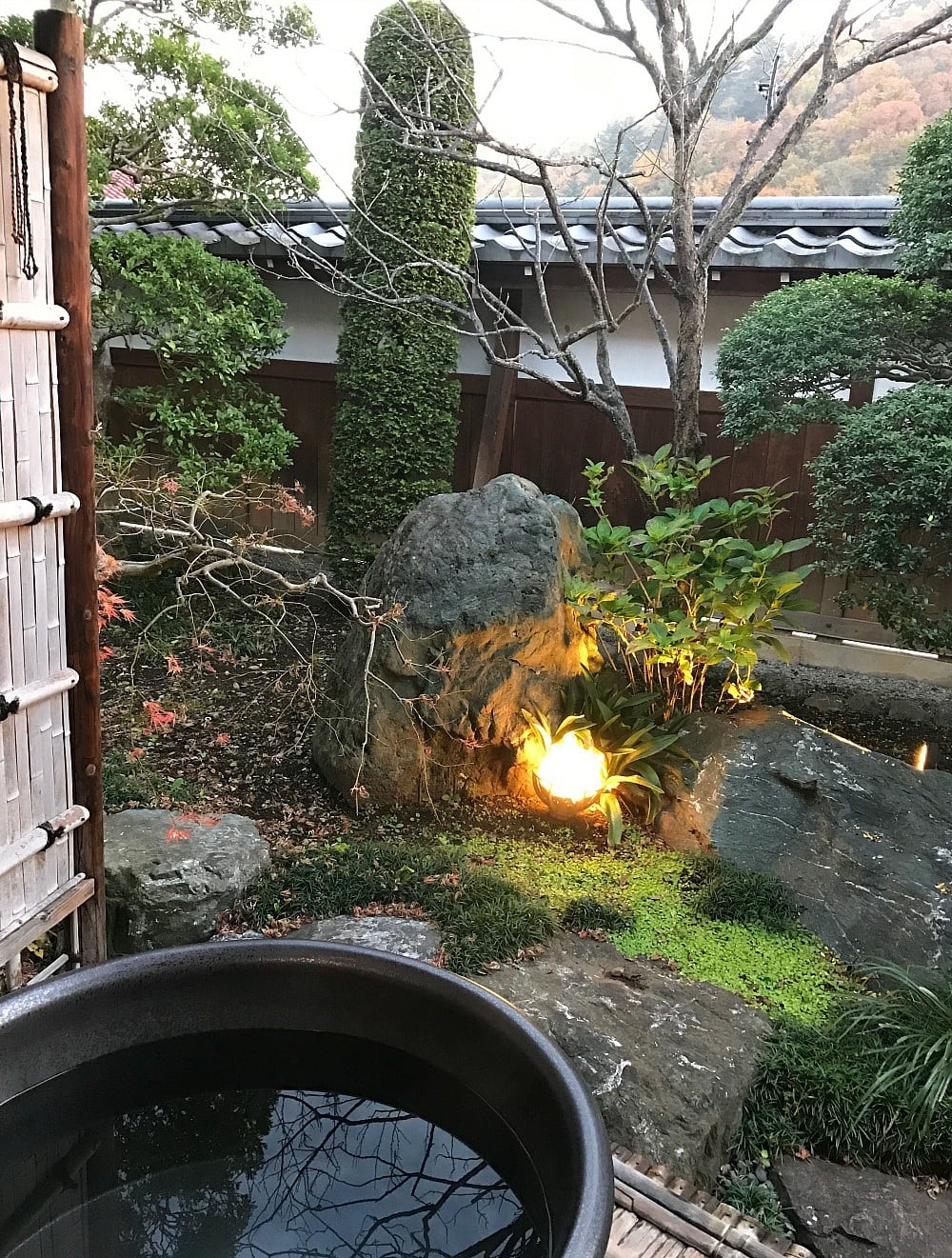
5. Stay at a hot spring bathhouse owned by a sumo wrestler.
For a truly unique experience, book a stay at an onsen or traditional hot spring Japanese bathhouse. There are traditional unisex baths, but modest bathers should ask for a room with a private bath.
I bedded down at Miyamotoke, which is owned by a former champion sumo wrestler. Here you will be submersed in Japanese culture and you just may be treated to a viewing of the owner’s multiple sumo awards and costumes.
Embrace the experience. To look the part, choose from an array of borrowable kimonos in a variety of colors. These are actually yukata, specifically created to be worn at bathhouses.
Meals are served family-style, with fish cooked in the center of the main house over hot coals. Sushi lovers will rejoice at the quality and variety of offerings here. More timid eaters (like me) may find the menu intimidating, but it is intriguing nonetheless.
Ask about the onsite “bar.” Here, you can pay extra for a shot of shochu, a vodka-like liquor made with rice and infused with different fruits and herbs. The very adventurous can even try a sip of snake-infused elixir if they’re not scared off by the serpent coiled within the clear glass decanter.
Instead of a bed, you’ll sleep on a tatami floor mat. There is no TV here. The interesting food, the traditional accommodations, the incredible service, and the baths make Miyamotoke a memorable experience indeed. If you prefer more Western comforts, book a one-night stay to get the old-school onsen experience and then move on.
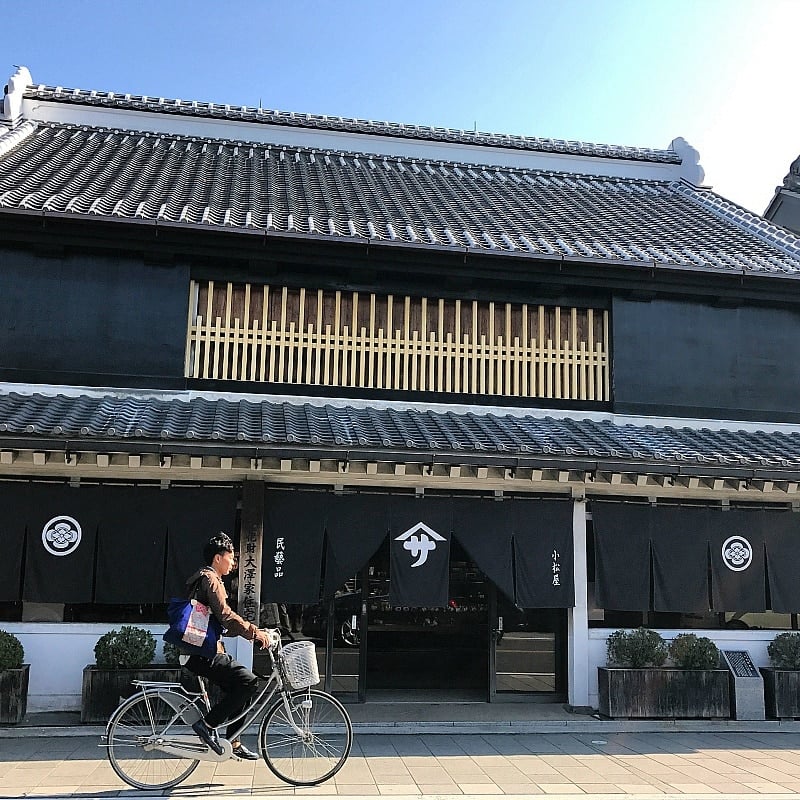
6. Get a glimpse of old Tokyo in Little Edo.
A day trip to Kawagoe, also known as Little Edo, gives you an idea of what Tokyo looked like at the turn of the 20th century. Tokyo officially became the capital of Japan when Emperor Meiji moved from Kyoto to Edo, which has been renamed Tokyo.
Much of Tokyo was destroyed during World War II and subsequently rebuilt in more modern styles. Kawagoe was destroyed in a fire in 1893 and subsequently rebuilt in the Tokyo style. Since Kawagoe was not bombed in the wars, the buildings remain unharmed.
Famous for three things, be sure to visit Kawagoe’s famous temple (Kitain), castle (Kawagoejyo Honmaru Palace), and shopping street (Ichibangai). Want some guidance? Book a tour of Little Edo with Viator now.

7. Appreciate the art of Bonsai near Tokyo.
If you don’t want to venture far from the city, or you want to make a pitstop on your way to Kawagoe, take a quick trip to Omiya Bonsai Art Museum near Tokyo. Some of the trees on display are over 800 years old. Made from a wide variety of full-sized tree species, these plants are pruned to create miniature living works of art. The art of Bonsai exemplifies Japanese culture: harmonious, hard-working, and meticulous.
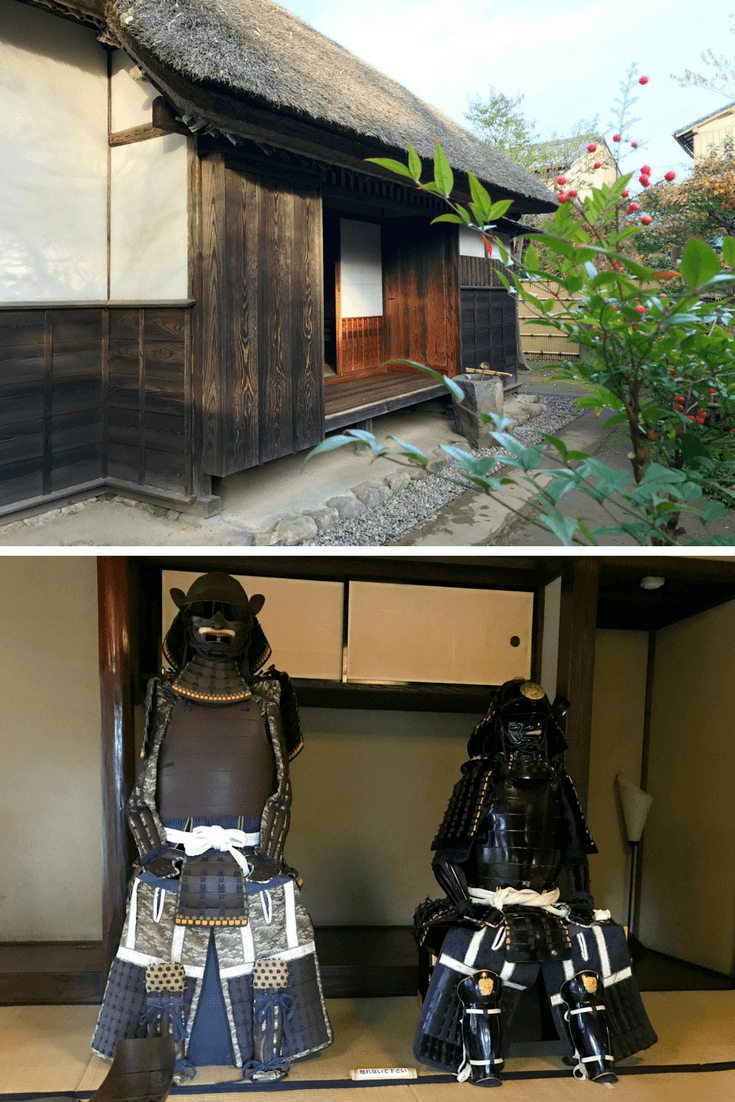
8. Tour samurai warrior homes.
Fascinated by the Japanese samurai way of life? Then you’ll want to visit Sakura, sometimes referred to as Samurai Town. It’s about 30 miles from Tokyo and accessible by train. Free tours of the homes are available in English, with guides providing all sorts of interesting information about how the samurai fought and lived.
You can visit three restored Samurai Houses located about a 15-minute walk from the train station. These homes once belonged to samurais of different social rankings: low, middle, and high. Significant differences in the standard of living between the ranks are apparent.

9. View the first sunrise in the land of the rising sun.
When you think of Japan, images of an oceanfront vacation probably don’t spring to mind. But as an island nation, Japan boasts over 18,000 miles of coastline. Choshi makes a good choice for a seaside getaway. It’s about two hours from Tokyo by train (or half an hour less if you drive). Expect extremely good seafood here, where fishing is the primary industry due to favorable water currents from both north and south. Be sure to order the red-eye snapper, the local specialty.
Choshi is a relaxing place to take in the gorgeous beach views. Located on the easternmost point of Chiba Prefecture, many people come to Choshi to ring in the New Year with the first sunrise viewable from mainland Japan.
If you’d like to experience a Japanese bathhouse (with more Western amenities than the one described in #5 above), book a stay at Bettai Umitomori. Great for families, the spacious rooms come with three double beds, a sitting area, small refrigerators, and a large dining table. Private traditional Japanese baths offer gorgeous views of the ocean and the Inubozaki Lighthouse, just a short hike away.

10. Eat soy sauce ice cream at a soy sauce factory.
Especially if traveling with children, plan a visit to the Yamasa Soy Sauce Factory Visit Center in Choshi. Learning about the production of soy sauce may not thrill kids, but the on-site tasting room will.
Here you can toast your own rice crackers by holding them above little grills with chopsticks. Then drizzle soy sauce over them for a savory snack. Better yet, buy a cup of soy sauce ice cream. Yes, it sounds weird, but it tastes like a delicious salted caramel treat.
No matter which of these things to do near Tokyo you choose to try, be sure to explore Japan beyond the big cities. You’ll get a more in-depth understanding of the country and its people. And you’ll experience some intriguing things, too!
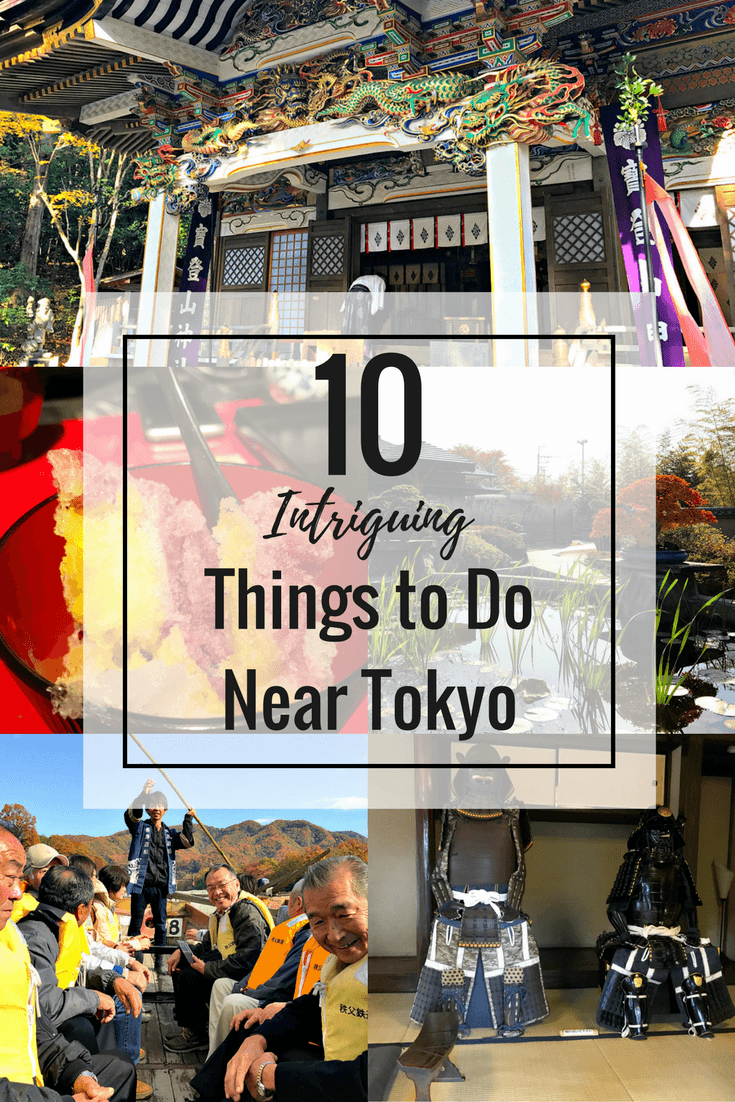
Which of these things to do near Tokyo sounds most intriguing to you? Let us know in the comments below!
My visit to Tokyo was hosted by Japanese visitor bureaus, but I did not receive any compensation related to this story.


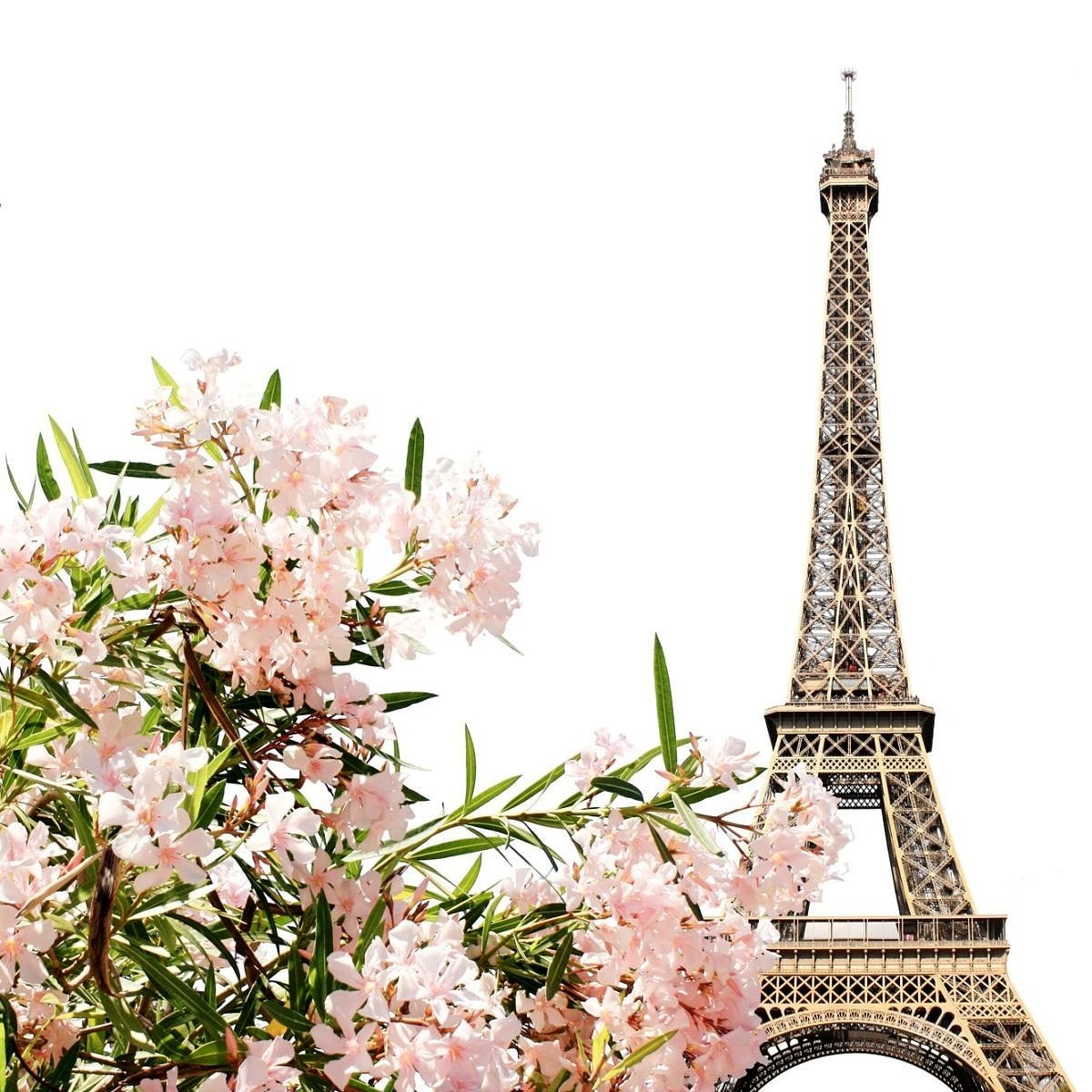
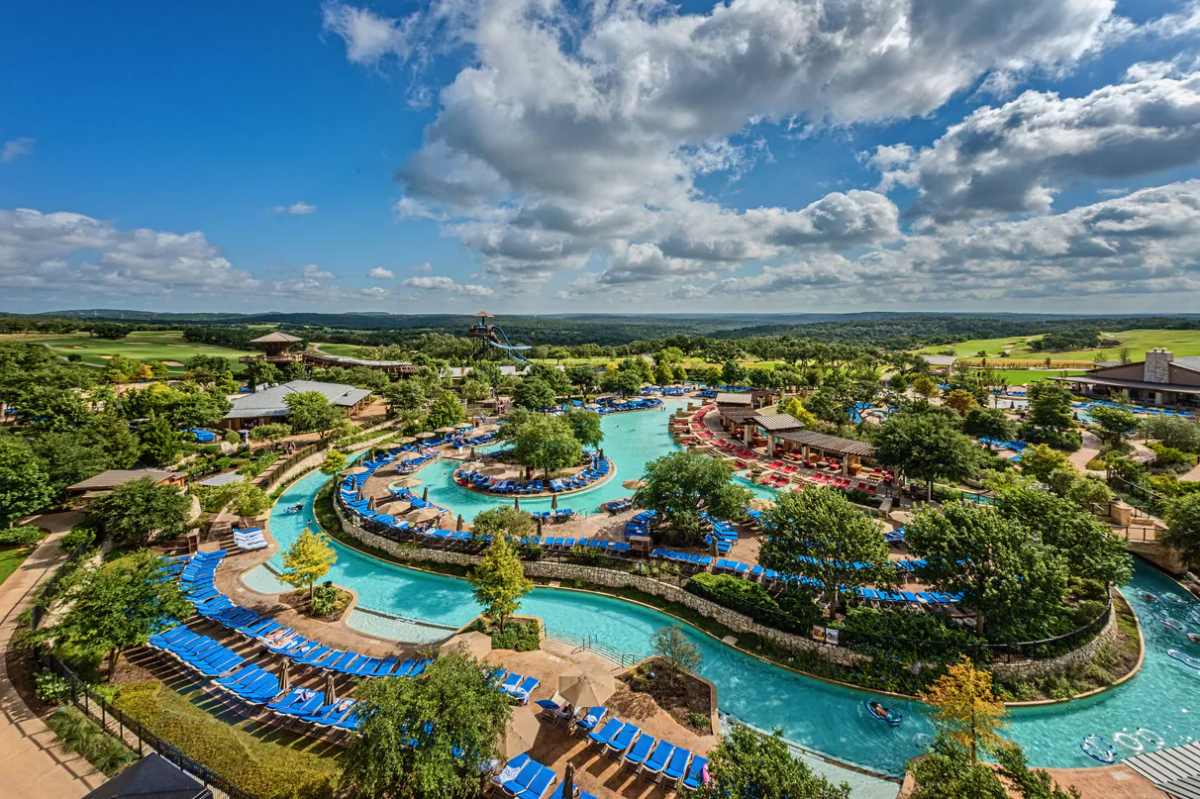
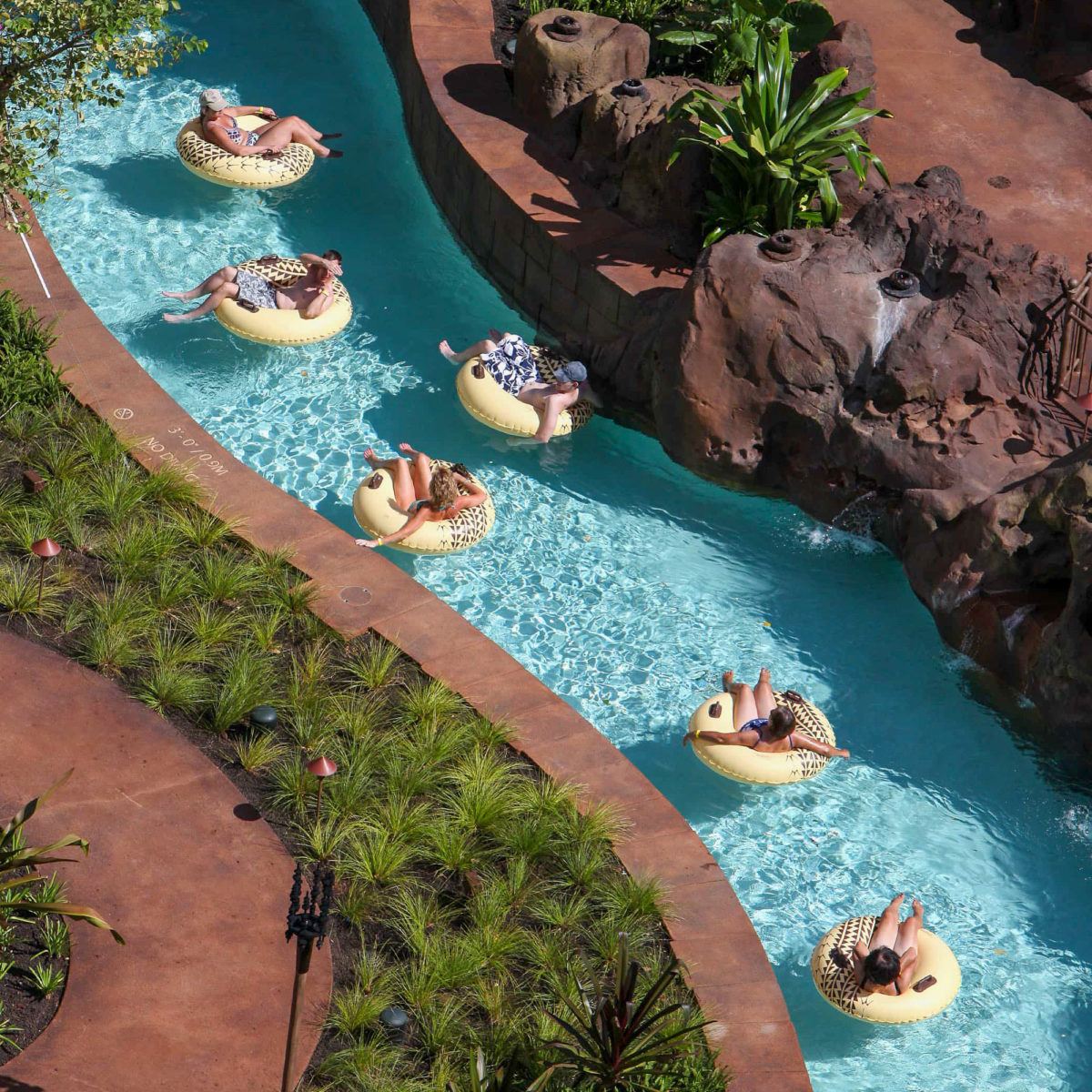
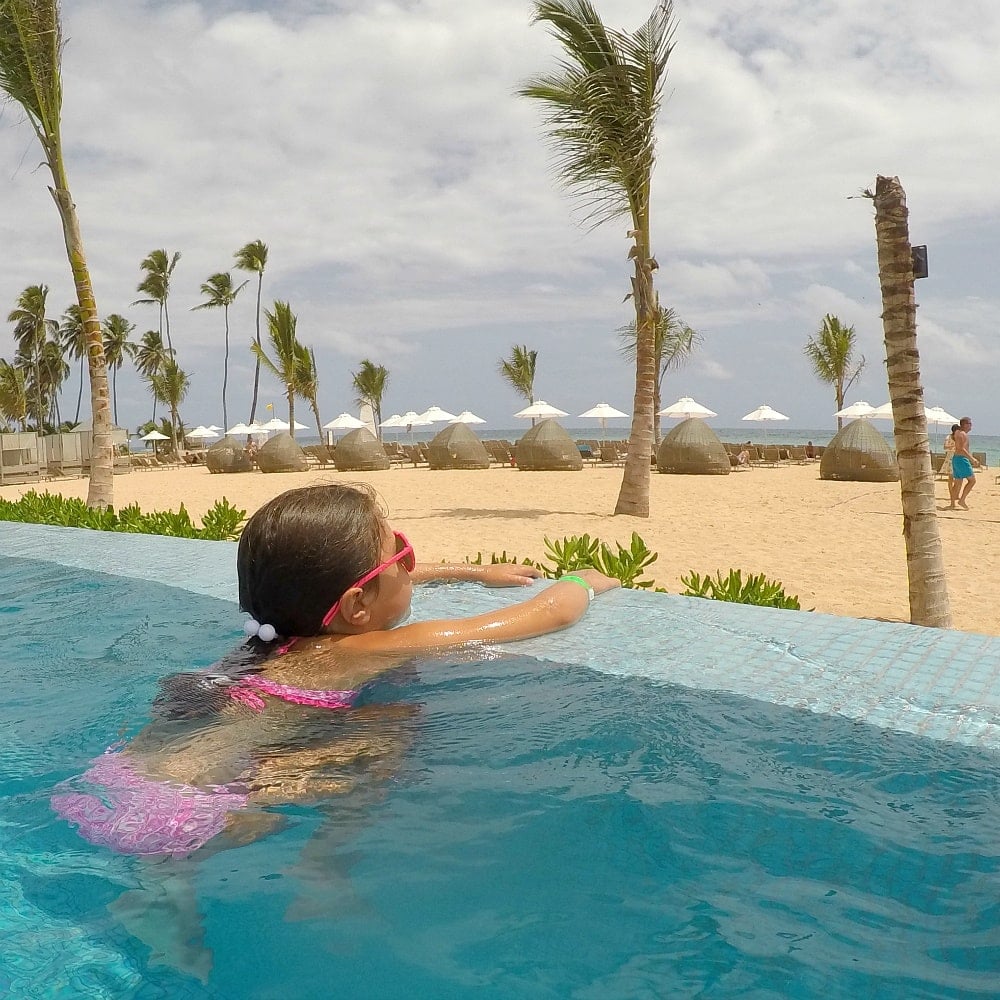
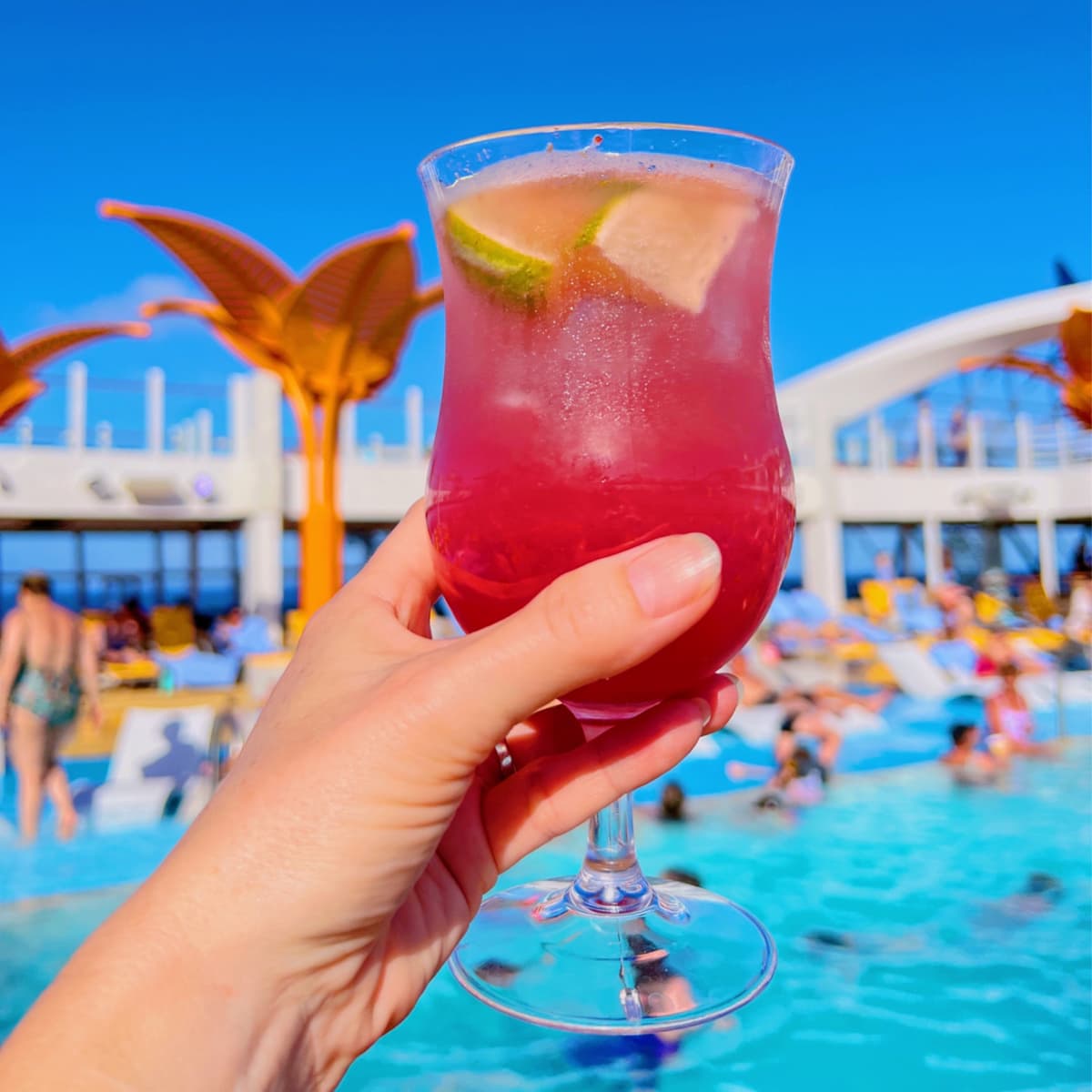


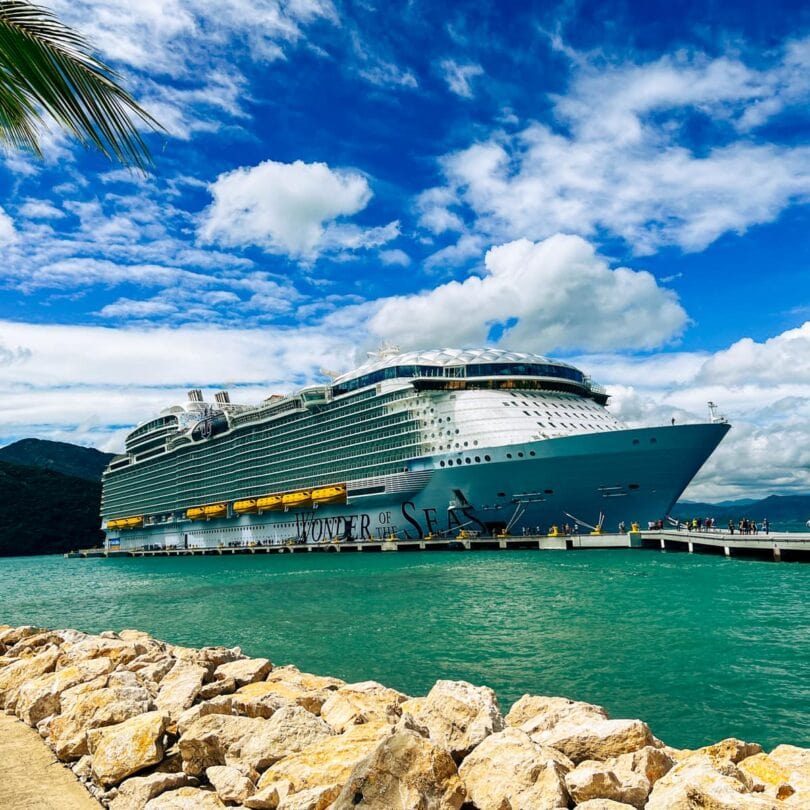
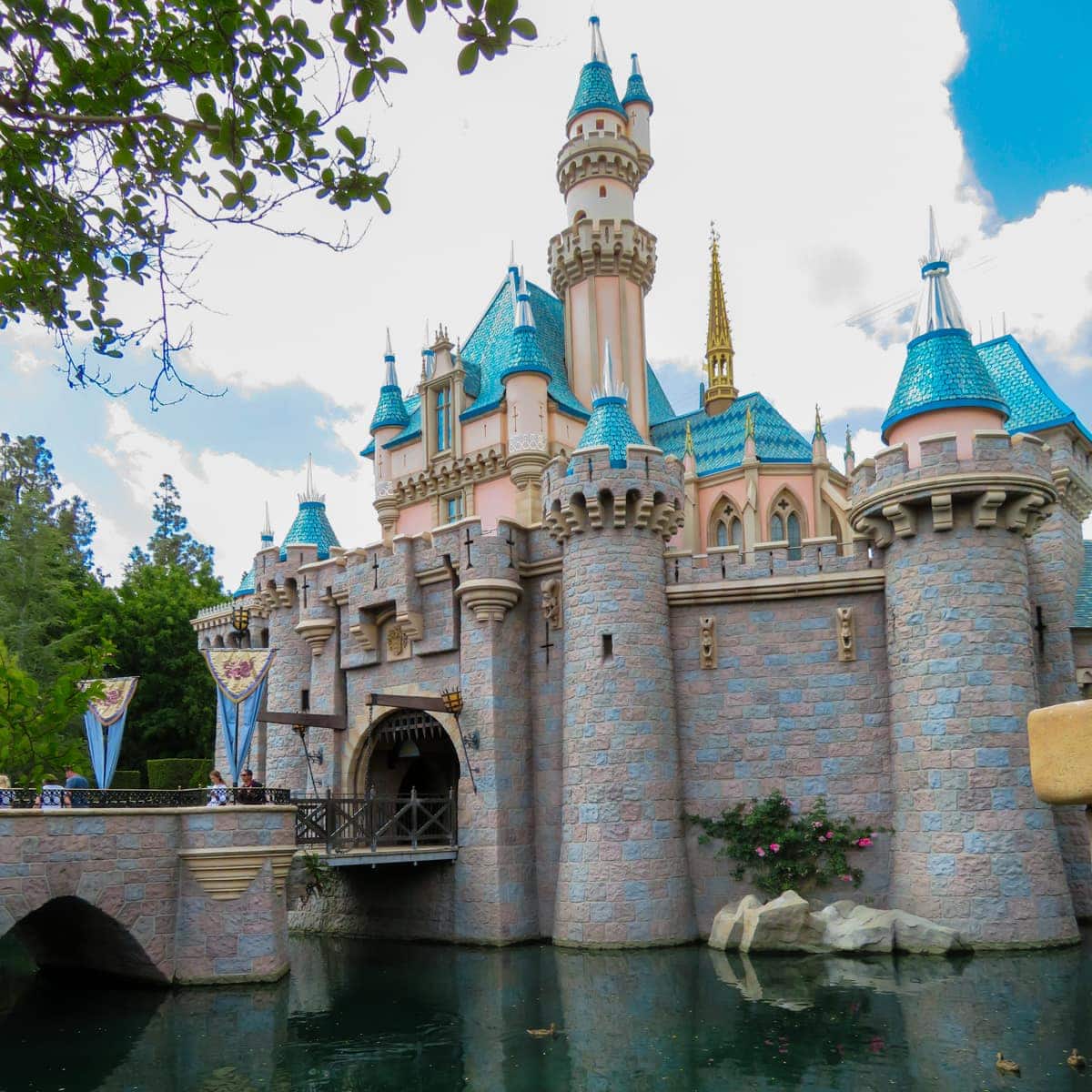
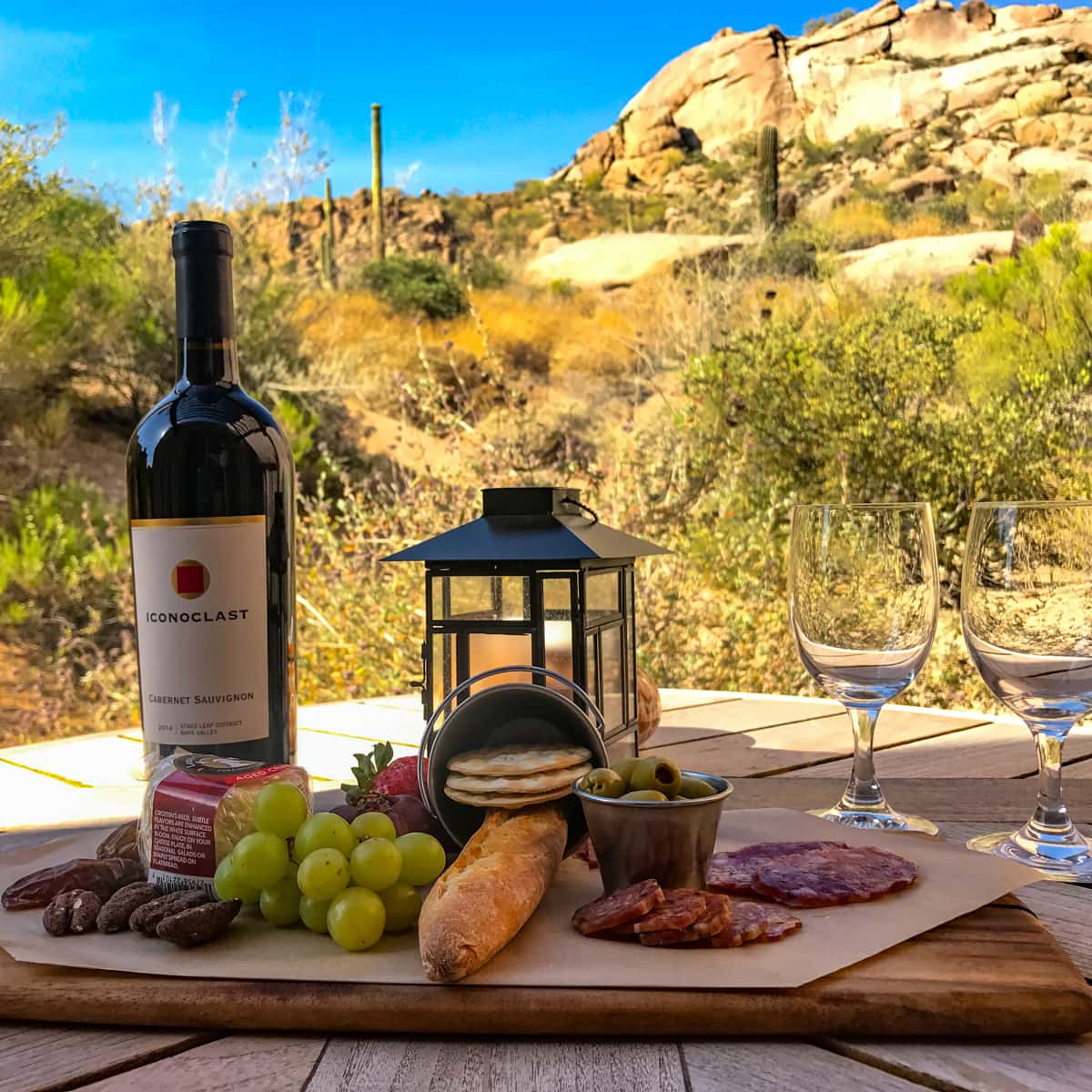





I love Tokyo and these thing you listed are just awesome, Colleen! 🙂
Tokyo is so amazingc. Glad you like my suggestions for things to do outside the city!
Japan is awesome place to plan next trip with family! Dine in a traditional Japanese mansion really interesting. I just add on Japan in my list.
Thanks for Sharing!
Thank YOU for your comment. I’m so glad I could inspire some wanderlust for Japan!
I had to pin this! Toyko is my dream place so very much so will be checking these spots out when I get there!
Thanks so much for pinning, Kiwi! Enjoy your travels to Tokyo!
Tokyo is such a beautiful and intriguing city. I would love to visit there or anywhere near there
Tokyo’s such a great choice for first-timers to Southeast Asia too – so clean and friendly!